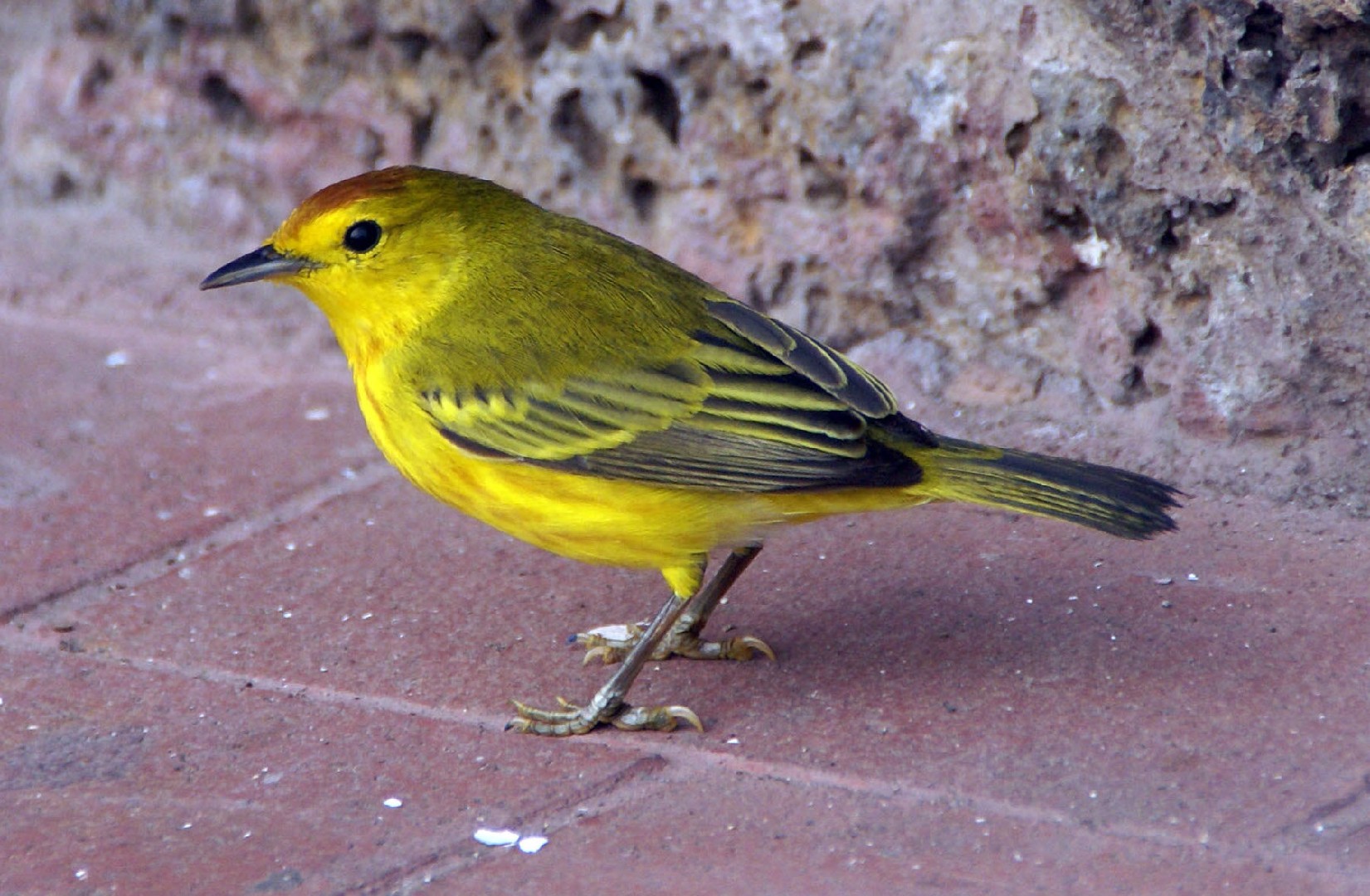Yellow Warbler
A species of Setophaga Warblers, Also known as Blue-eyed Yellow Warbler, American Yellow Warbler Scientific name : Setophaga petechia Genus : Setophaga Warblers
Yellow Warbler, A species of Setophaga Warblers
Also known as:
Blue-eyed Yellow Warbler, American Yellow Warbler
Botanical name: Setophaga petechia
Genus: Setophaga Warblers
Content
Description General Info
 Photo By Snowmanradio , used under CC-BY-SA-2.0 /Cropped and compressed from original
Photo By Snowmanradio , used under CC-BY-SA-2.0 /Cropped and compressed from original Description
Yellow Warblers are small birds that are so tiny they are known to get tangled up in orb-weaver spiders' webs. Their nests are often parasitized by Brown-headed Cowbirds. No worries, says the yellow Warbler, for I'll just rebuild a new nest on top of the one you took from me. This sometimes goes on and on to the point where the nest grows to six tiers high.
Size
13 cm (5 in)
Life Expectancy
10 years
Nest Placement
Shrub
Clutch Size
1 - 7 eggs
Incubation Period
1 - 2 broods
Number of Broods
10 - 13 days
Nestling Period
9 - 12 days
Feeding Habits
Yellow Warbler predominantly consumes a variety of insects such as midges, caterpillars, beetles, leafhoppers, bugs, and wasps, often foraged from foliage, taken during short flights, or captured by hovering.
Habitat
The yellow Warbler is commonly found in a variety of disturbed or regenerating habitats, often in proximity to water sources such as bushes, swamp edges, and streams. They thrive in areas with dense vegetation ranging from willow thickets to tundra dwarf birches, as well as amid aspen trees in the Rockies and along field edges in the East. The yellow Warbler prefers lower altitudes but can adapt to elevations up to 9,000 feet in the West. During winter, the species resides in mangroves, dry scrub, marshes, and forests, generally in lowlands but occasionally up to 8,500 feet.
Nest Behavior
Yellow Warbler females construct their nests over 4 days and lay eggs thereafter. They exhibit unique behavior when parasitized by cowbirds, often building a new nest atop the old one containing intruder's eggs. Both parents are involved in feeding and protecting the young.
Nest Characteristics
Yellow Warbler nests are built in a vertical fork of a bush or small tree, typically within 10 feet of the ground, but can be up to 40 feet high. The nests are constructed with grasses, bark strips, and nettle plants, outer-layered with plant fibers, spiderwebs, and plant down. The inner cup is lined with deer hair, feathers, and seed fibers.
Dite type
Insectivorous
General Info
Feeding Habits
Bird food type
Bird Feeder Type

Small Tube Feeder

Platform
Behavior
Yellow Warbler exhibit a distinctive foraging behavior, gracefully navigating slender branches to prey on insects or engaging in a brief hover to access food on foliage. These birds are active during the day, often seen perched aloft within their territories where males melodiously sing. Notably, yellow Warbler display a 'circle flight' during territorial establishment, a semi-circular maneuver directed at neighbors. Courtship involves a male's slow flight with rapid wingbeats. Territorial disputes escalate from vocal duels to chases. Monogamy is common in yellow Warbler, with pair bonds potentially spanning multiple seasons. Vigilance in territory defense extends against various species, even in wintering grounds. Nests are predation targets for an array of animals, compelling yellow Warbler to be tenacious in protecting their brood.
Species Status
Yellow warblers, in particular the young, devour many pest insects during the breeding season. The plumage and song of the breeding males have been described as "lovely" and "musical", encouraging ecotourism. No significant negative effects of American yellow and mangrove warblers on humans have been recorded. Being generally common and occurring over a wide range, the yellow warbler is not considered a threatened species by the IUCN. Some local decline in numbers has been found in areas, mainly due to habitat destruction and pollution. The chief causes are land clearance, the agricultural overuse of and herbicide and pesticide, and sometimes overgrazing. However, stocks will usually rebound quickly if riparian habitat is allowed to recover, particularly among the prolific American yellow warbler. The North American populations are legally protected by the Migratory Bird Treaty Act. The Barbados golden warbler (D. p. petechia) has been listed as "endangered foreign wildlife" by the United States' Endangered Species Act (ESA) since 1970; other than for specially permitted scientific, educational or conservation purposes, importing it into the USA is illegal. The Californian yellow warbler (D. p./a. brewsteri) and Sonoran yellow warbler (D.p./a. sonorana) are listed as "species of concern" by the ESA. 
Scientific Classification
Phylum
Chordates Class
Birds Order
Perching birds Family
New world warblers Genus
Setophaga Warblers Species
Yellow Warbler